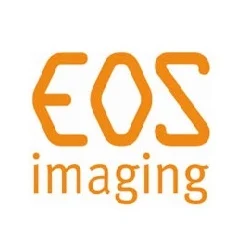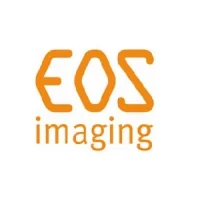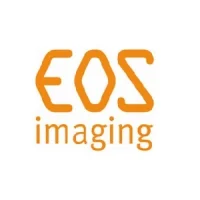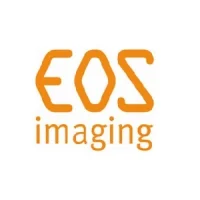Installation at Kudanzaka Hospital provides the EOS imaging platform
to the highest volume hospital for spine surgery
EOS imaging (Euronext, FR0011191766 – EOSI), the pioneer in 2D/3D
orthopedic medical imaging has announced a new installation of the EOS system at Kudanzaka
Hospital, providing an exciting opportunity for the platform to benefit more than 1,000 patients per year
who undergo spine surgeries in Japan. The EOS system will be housed in a new building located in the
immediate vicinity of the Imperial Palace in Tokyo, which will open to patients on November 24, 2015.
Kudanzaka Hospital is associated with the Tokyo Medical University. It was founded in 1926 and began
focusing on the spine in 1980. Over the past 25 years, it has continued to increase the number of
complex spine and spinal cord surgeries, with a growing reputation for excellence in the treatment of
spinal disorders. With the increased demand, the Kudanzaka Hospital is now expanding its facilities by
adding additional cutting edge technologies for treating spine disorders, such as the EOS system.
EOS systems are already in clinical use in Japan at Meijo Hospital, the leading Japanese scoliosis center,
as well as in other prominent spine and large joint surgery centers in the country. Marie Meynadier, CEO
of EOS imaging said, “As the importance of sagittal balance and global posture restoration continues to
be established as key for spine surgery, the EOS system becomes an obvious choice for hospitals because
it provides a full-body, weight-bearing scan and 3D clinical parameters. The fact that the two leading
spine centers in Japan have adopted the EOS technology is a positive indication that the Japanese
healthcare community prioritizes excellence in orthopaedic imaging coupled with a drastic reduction of
the risks associated with medical imaging irradiation.”
The EOS platform provides 2D and 3D full-body, stereo-radiographic images of patients in functional
positions. EOS exams require a radiation dose 50% to 85% less than Digital Radiology and 95% less than
basic CT scans. The new EOS Micro Dose system, recently cleared by the Food and Drug Administration,
marks another important step towards the ALARA principle (As Low As Reasonably Available). This latest
technology has made the dose for a pediatric spine follow-up exam equivalent to a week’s worth of
natural background radiation on Earth.
EOS imaging has been chosen to be included in the new EnterNext© PEA-PME 150 index, composed of
150 French companies and listed on Euronext and Alternext markets in Paris.
Source & Image Credit :EOS Imaging
Latest Articles
EOS Imaging, Spine injuries, ALARA, 2D/3D orthopedic medical imaging
EOS imaging (Euronext, FR0011191766 – EOSI), the pioneer in 2D/3D orthopedic medical imaging has announced a new installation of the EOS system at Kudanzaka Hospital, providing an exciting opportunity for the platform to benefit more than 1,000 patients p










